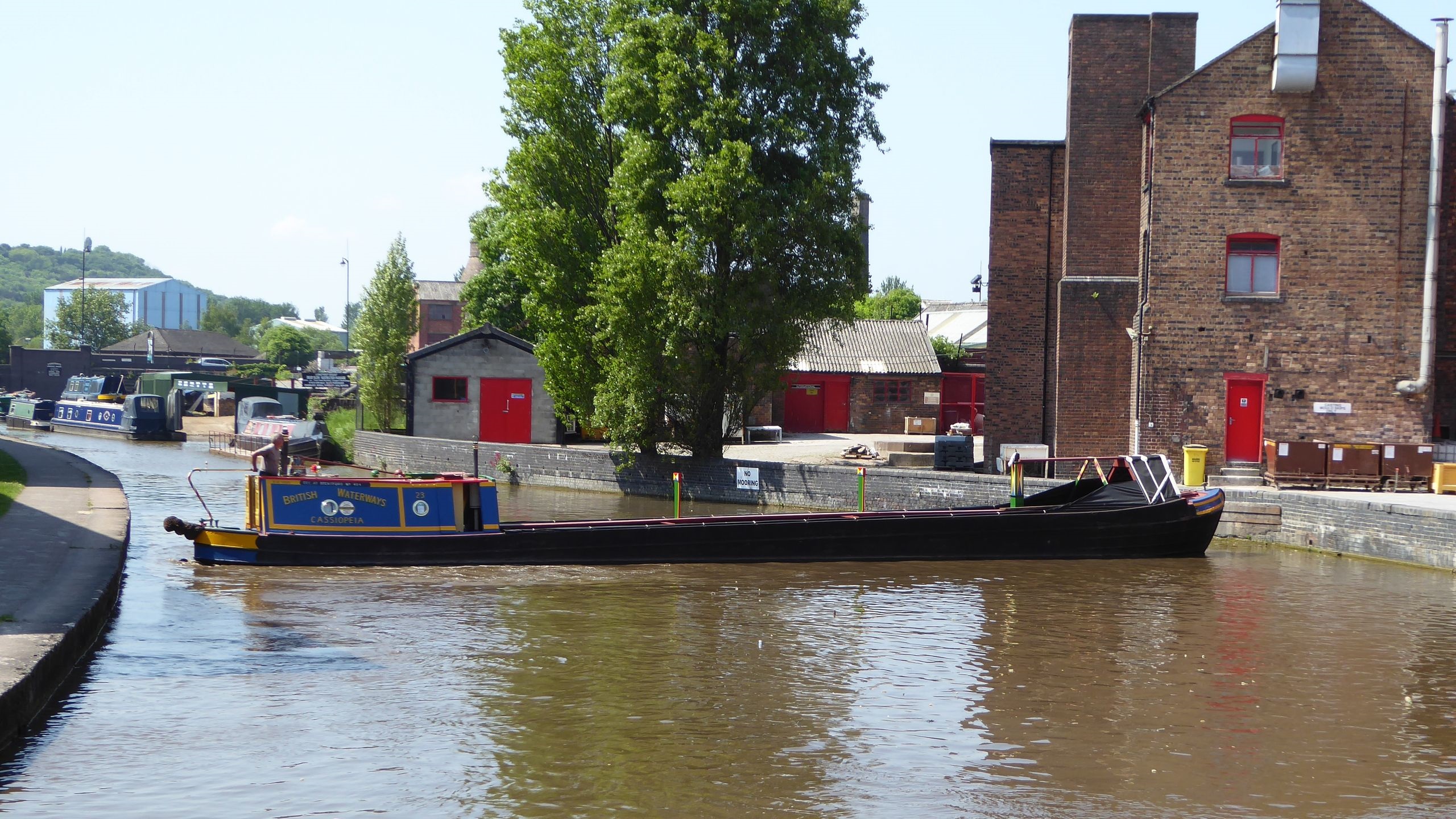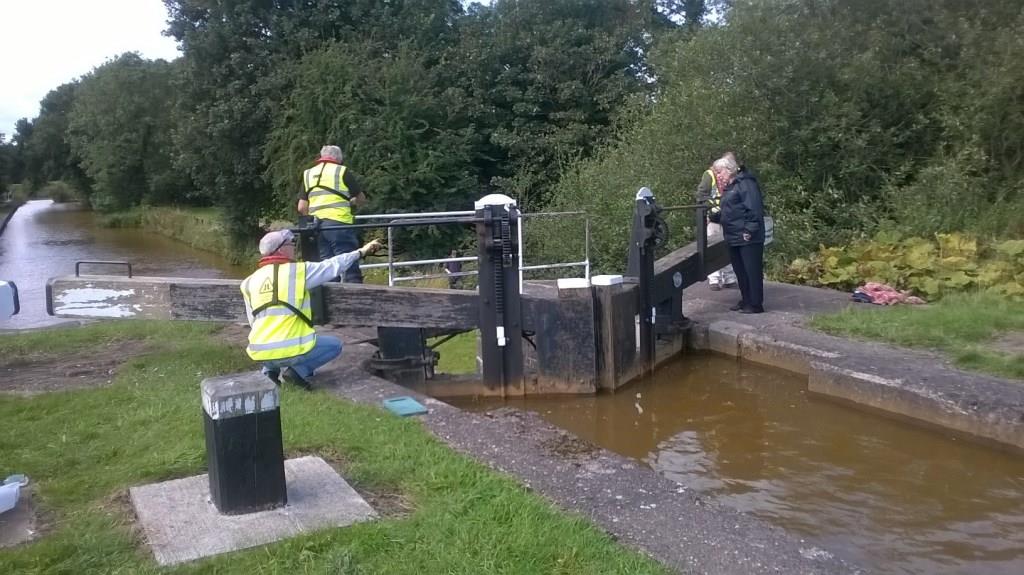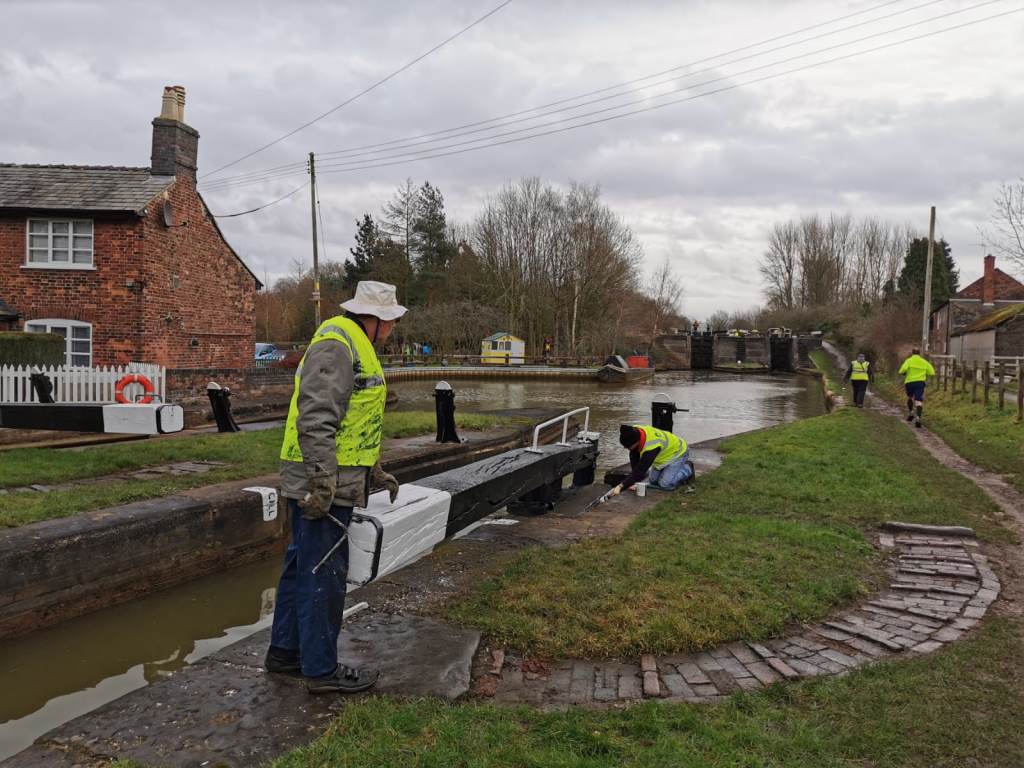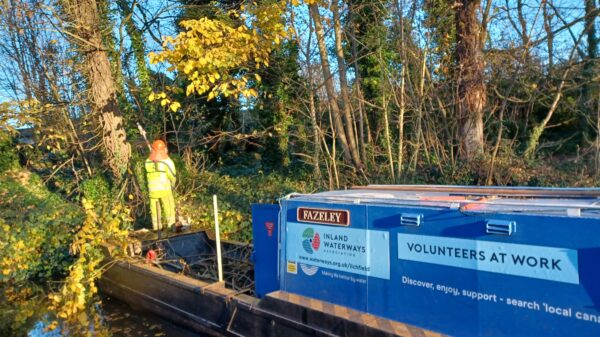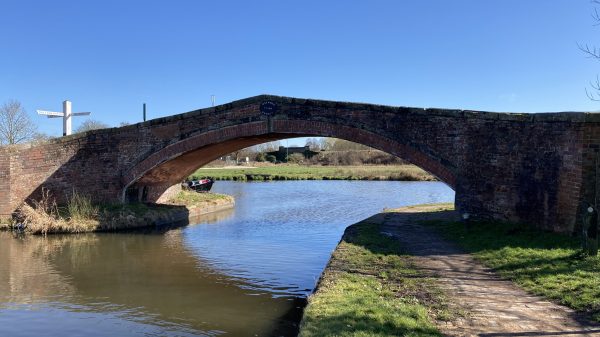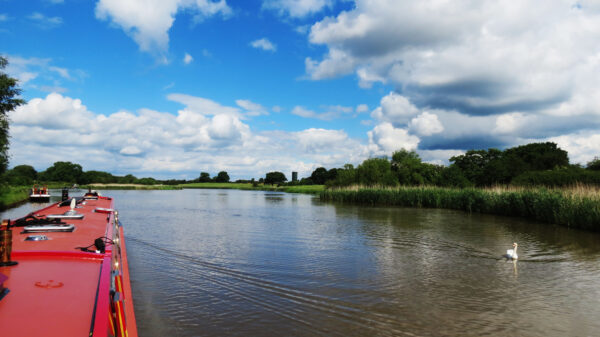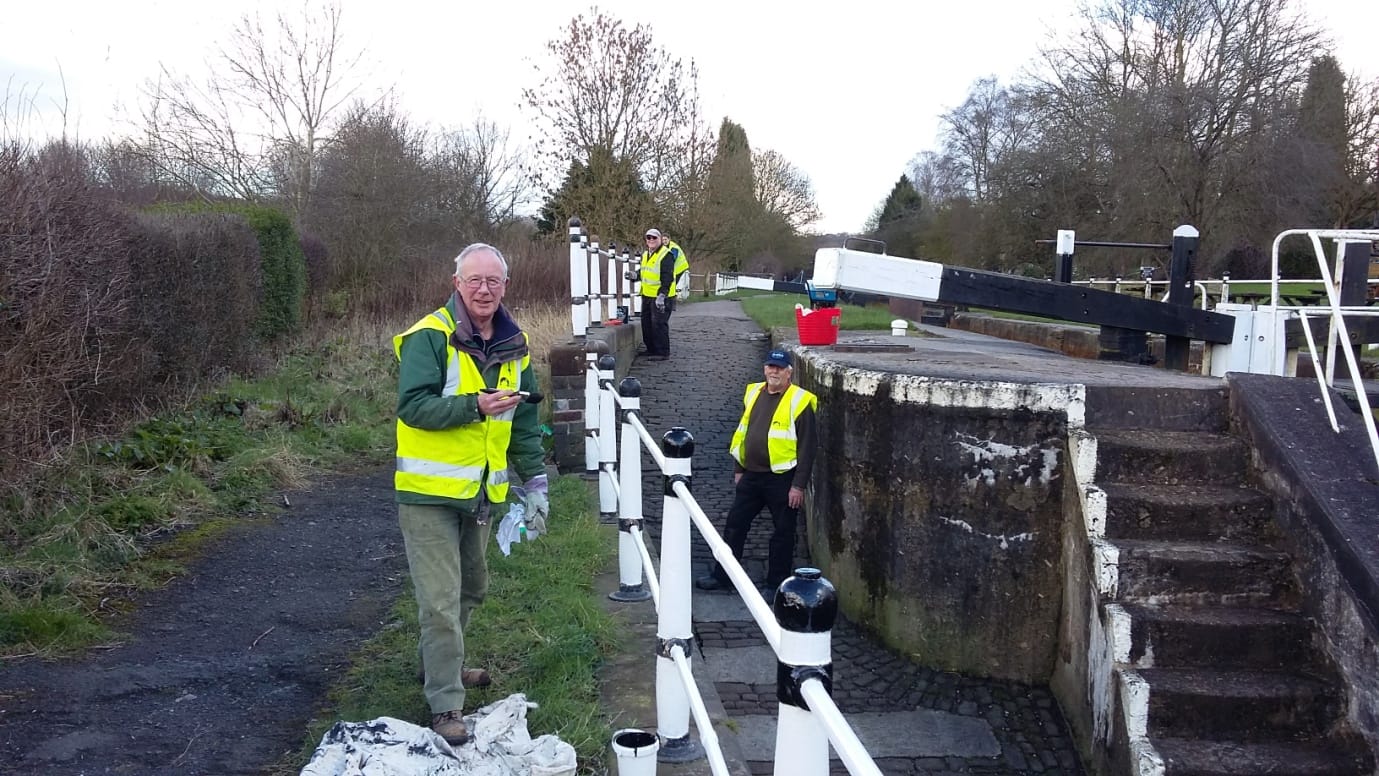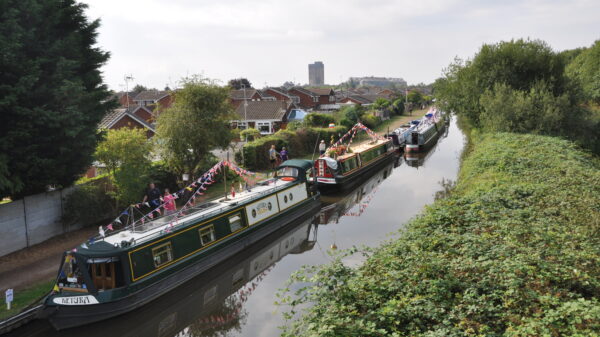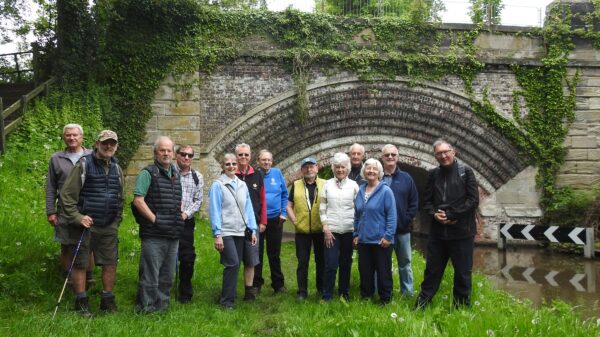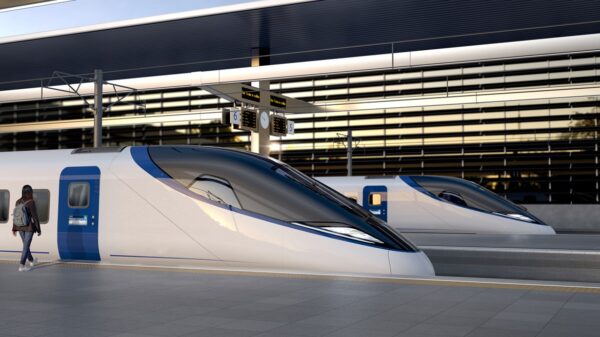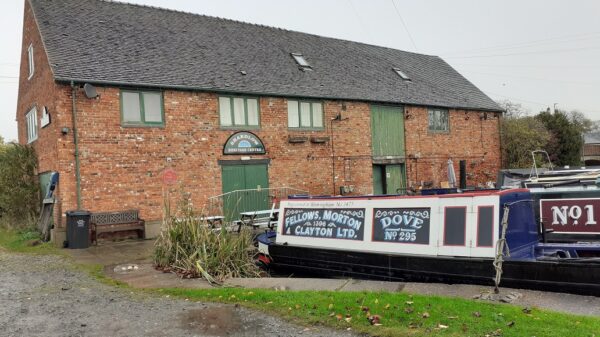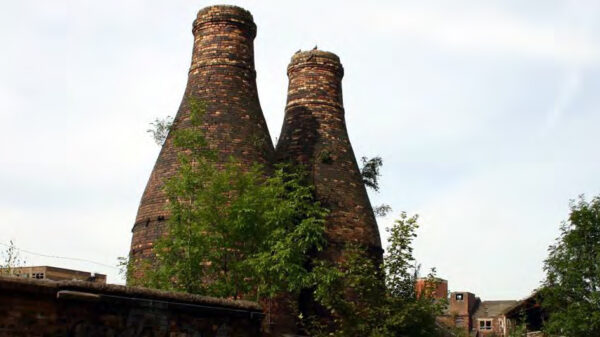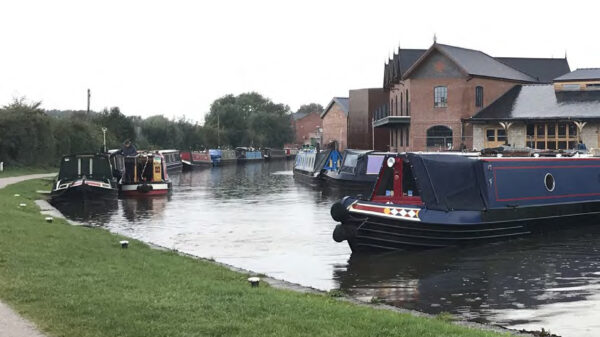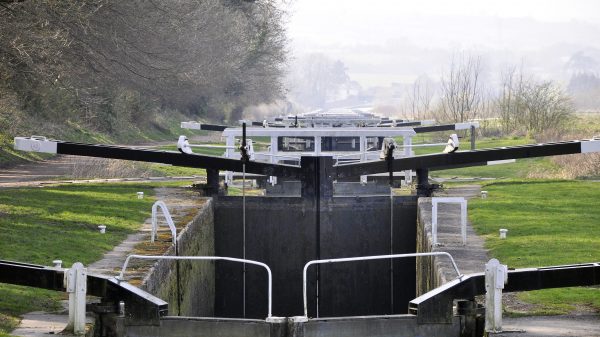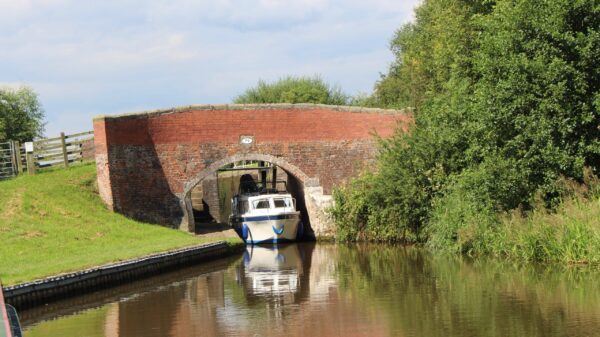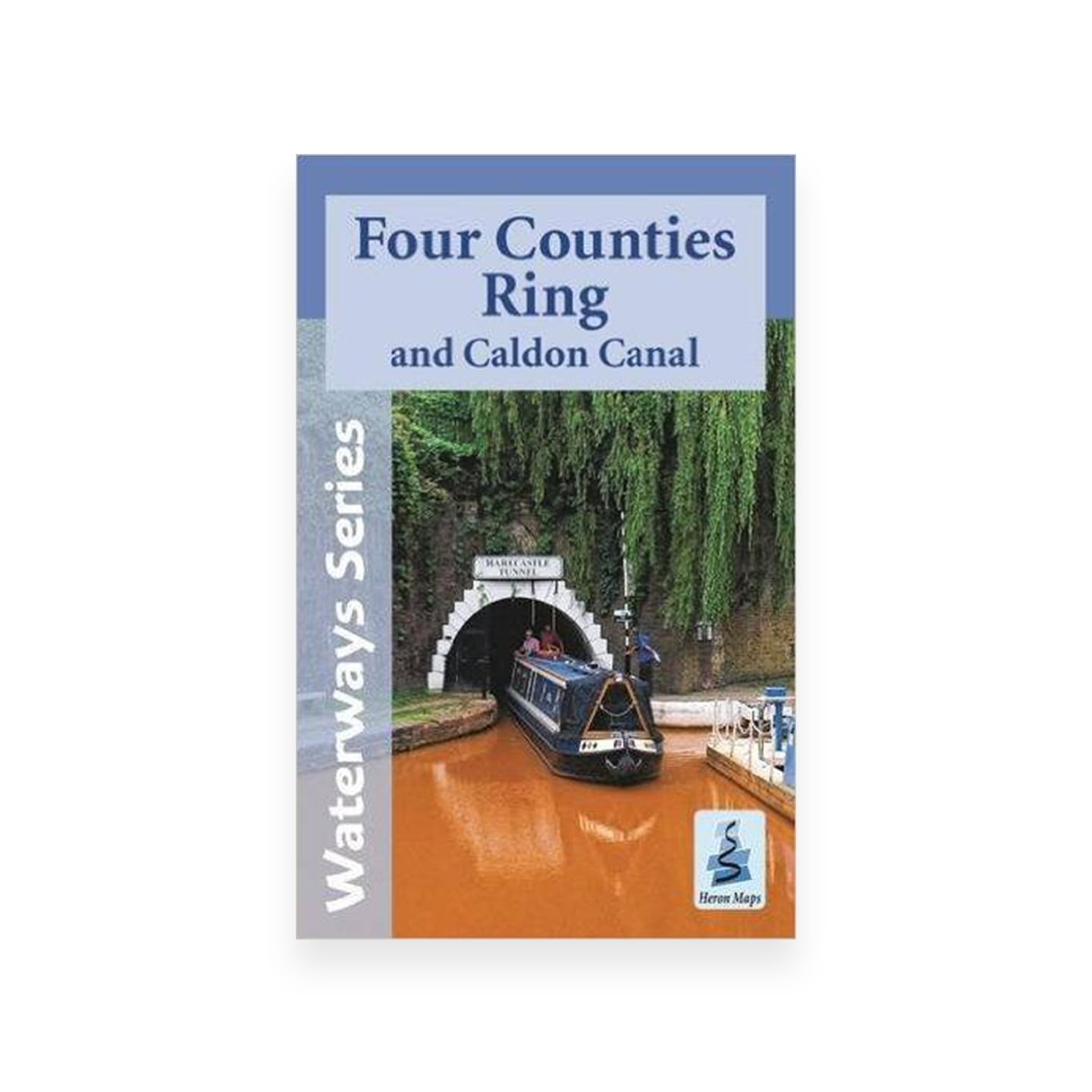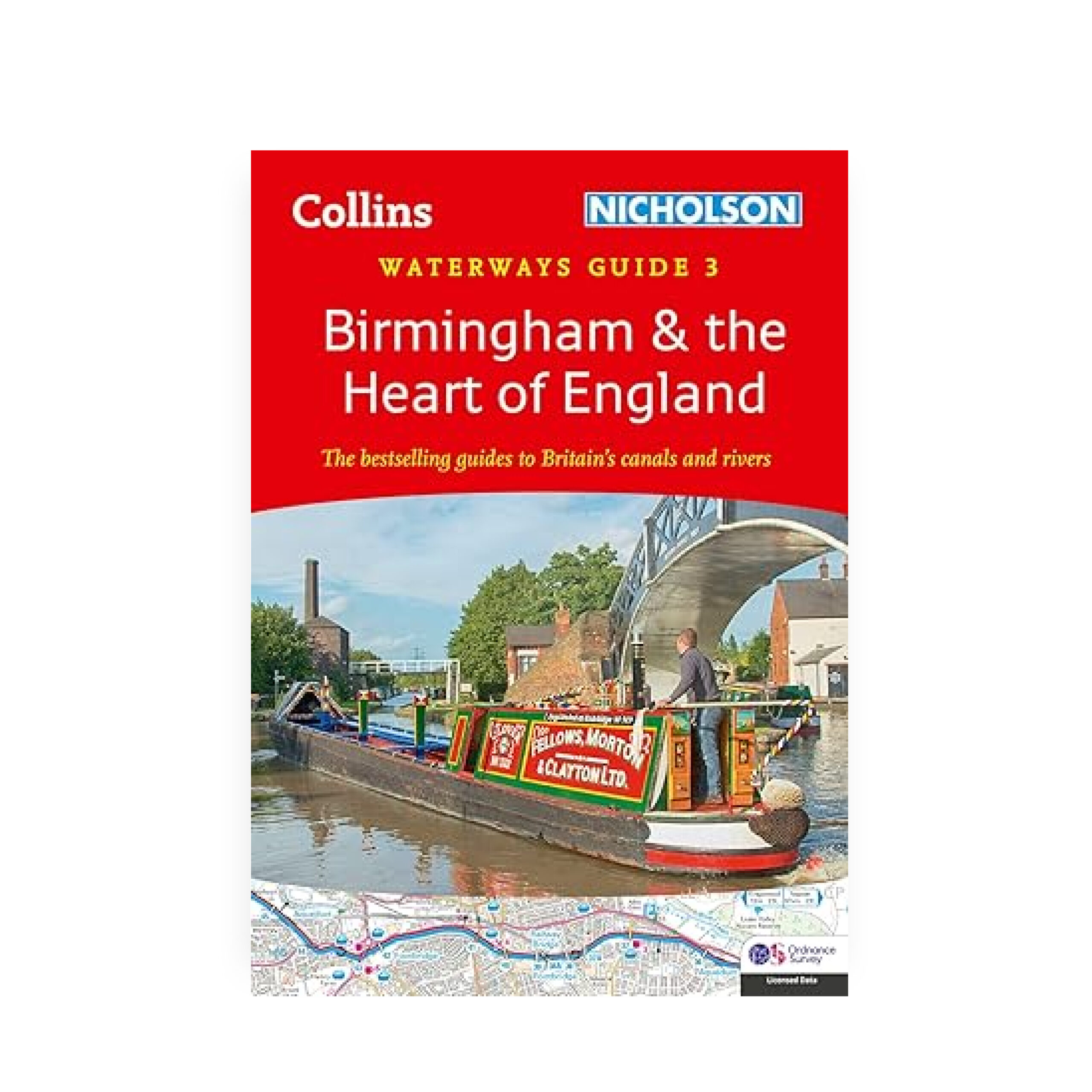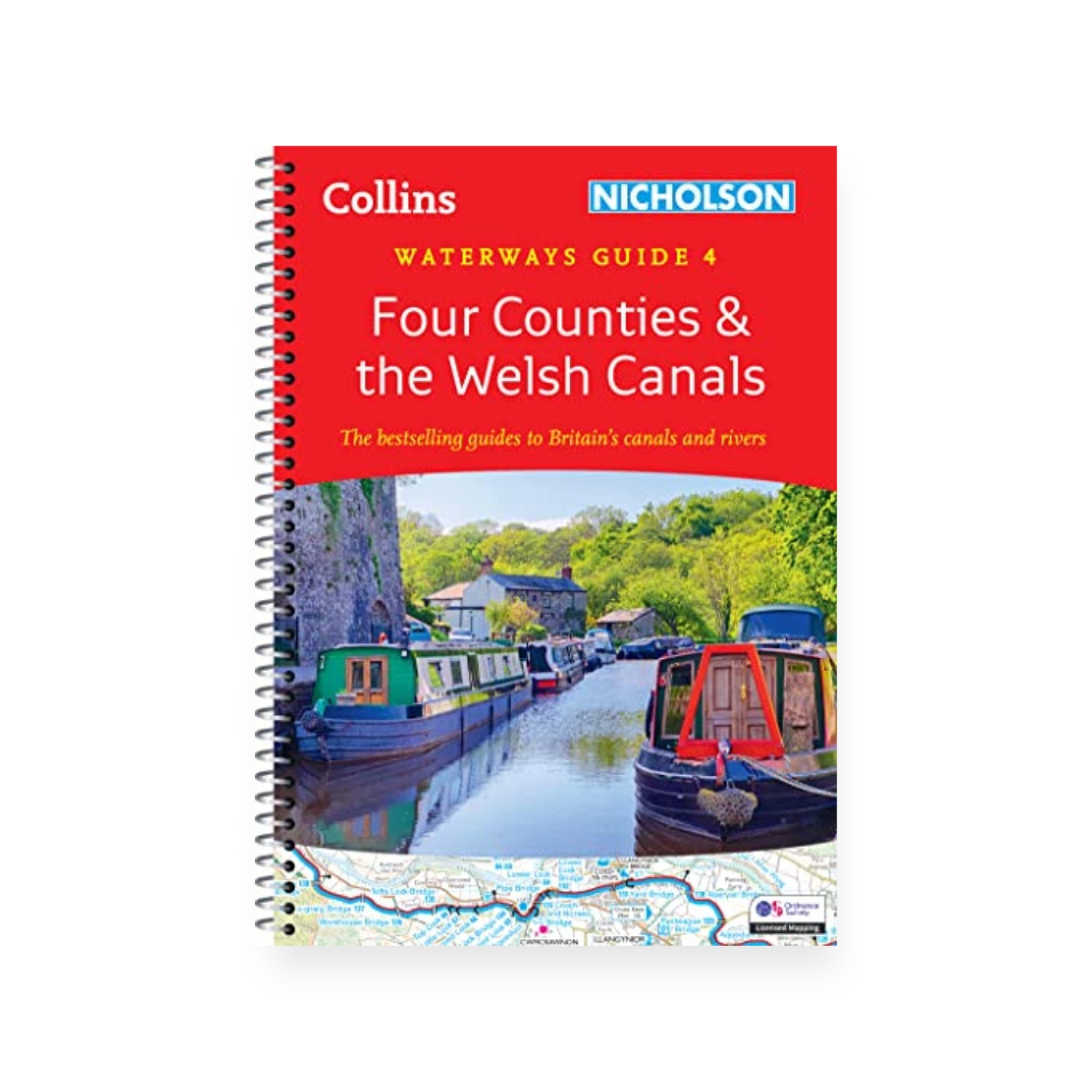The Grand Trunk Canal – and its connections
Despite its name, the Trent & Mersey can never connected to the Mersey; however Preston Brook used to give access to the Mersey via the Bridgewater Canal. At present the Runcorn locks are derelict, although restoration is proposed. The Mersey can still be reached either via the Anderton Boat Lift and River Weaver to the Manchester Ship Canal or via the Middlewich Arm and Shropshire Union Canal to Ellesmere Port.
The Trent & Mersey Canal also connects with the Macclesfield Canal via the Hall Green Branch at Kidsgrove, the Caldon Canal at Etruria in Stoke-on-Trent, the Staffordshire & Worcestershire Canal at Great Haywood and the Coventry Canal at Fradley Junction (justifying its original name of the Grand Trunk).
Other former connections were the Burslem Arm (restoration proposed) and Newcastle-under-Lyme Canal (derelict and mostly filled in) in the Stoke area, the Bond End Canal at Burton-on-Trent (derelict) and the Derby Canal (under restoration) at Swarkestone.
From Derwent Mouth to Horninglow Wharf at Burton the canal was built wide beam to take Upper Trent barges, and also from Preston Brook to Big Lock at Middlewich to take Mersey Flats, although this section was later restricted by Dutton stop lock and at Croxton aqueduct.
Following the success of the pioneering Bridgewater Canal, engineer James Brindley had a vision to join the existing four main river navigations of the Trent, Mersey, Severn and Thames via the Midlands. This later (though not in Brindley’s time) became known as the Grand Cross.
The first two of these were linked by the Trent & Mersey Canal, or the Grand Trunk as it was known at the time because the other canals would branch off it. Great Haywood is the junction with the Staffordshire & Worcestershire Canal which connects to the River Severn, and from Fradley Junction the Coventry Canal leads to the Oxford Canal and the River Thames.

